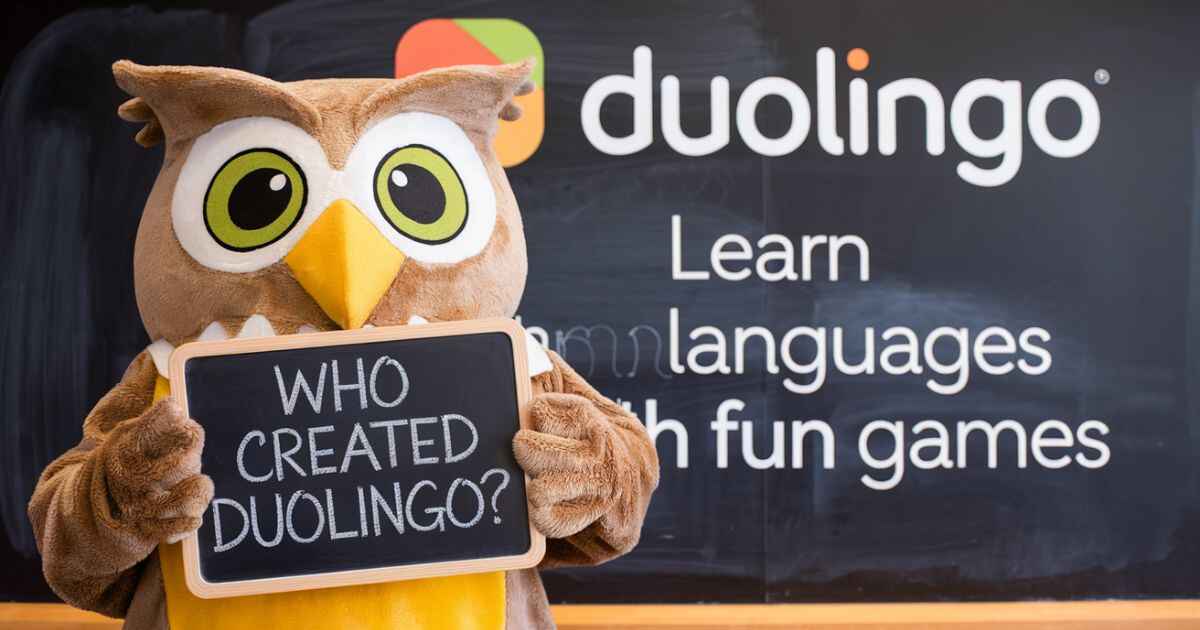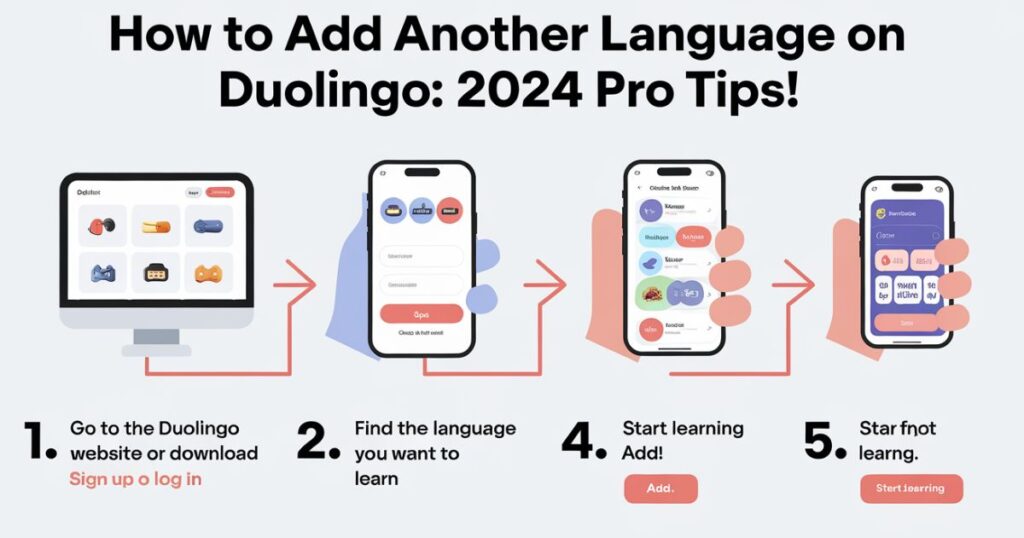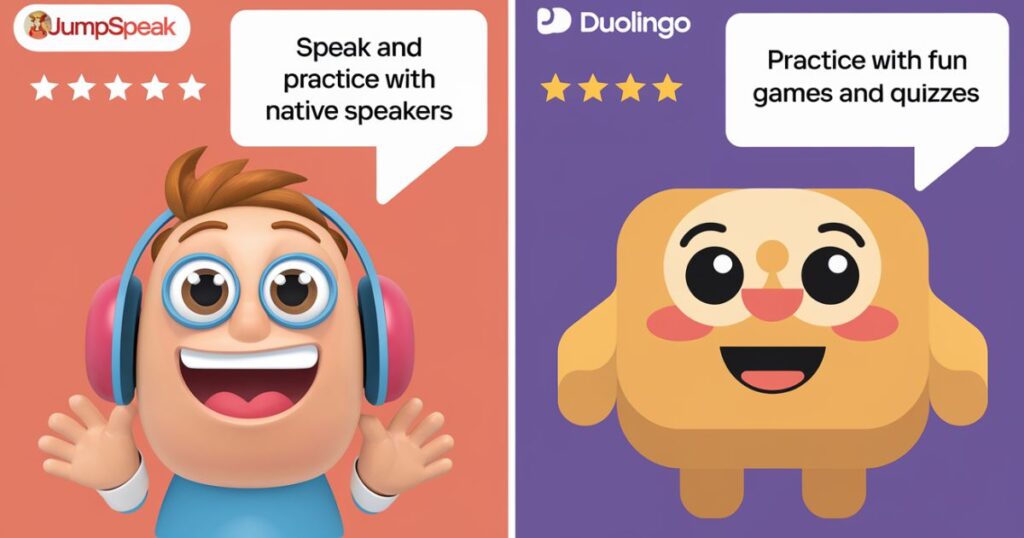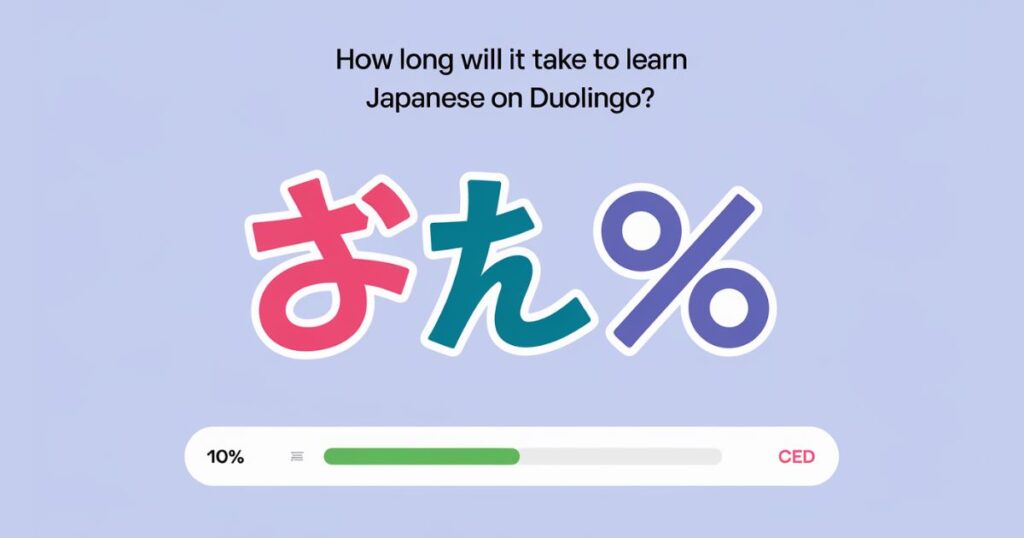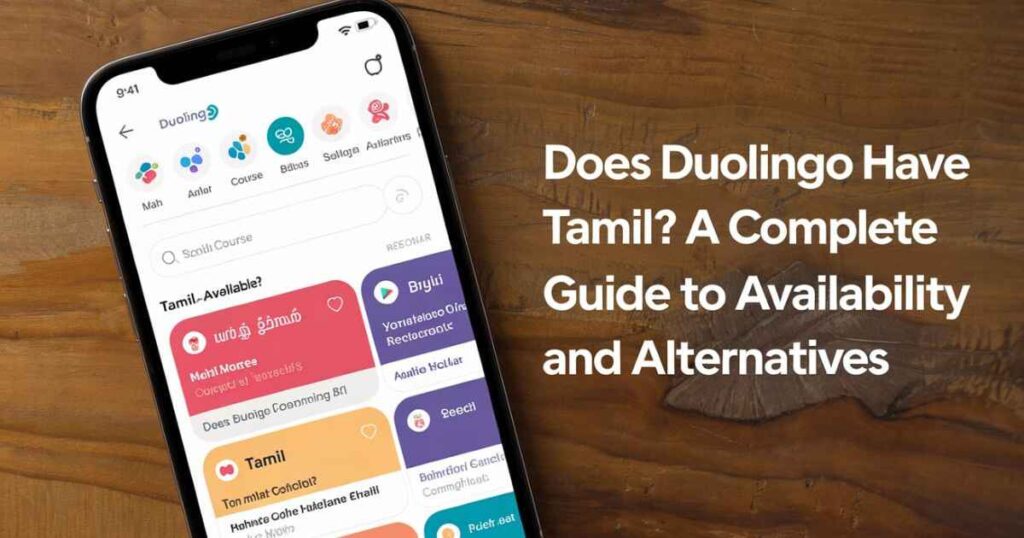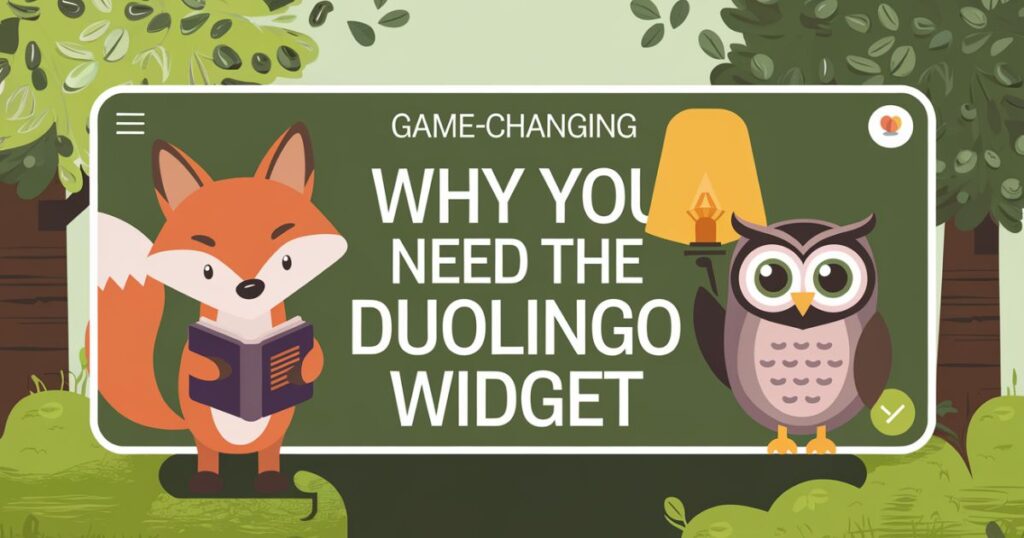In the ever-evolving landscape of educational technology, Duolingo stands as a remarkable testament to innovation and social impact. This revolutionary language learning app, which now serves hundreds of millions of users worldwide, began with two visionaries who shared a dream of democratizing education.
Their story isn’t just about creating another tech startup—it’s about transforming how the world approaches language learning and education as a whole.
The Founders of Duolingo
Luis von Ahn: From Guatemala to Silicon Valley
Growing up in Guatemala City, Luis von Ahn experienced firsthand the stark contrast between those who could afford quality education and those who couldn’t. Born into a relatively privileged family, he had access to opportunities that many of his talented peers lacked. This early exposure to educational inequality would later fuel his passion for accessible learning.
Von Ahn’s journey took him from Guatemala to Carnegie Mellon University, where his brilliant mind flourished. Before Duolingo, he had already revolutionized the tech world by creating CAPTCHA and reCAPTCHA—systems that not only prevented bot abuse but also helped digitize books. Google’s acquisition of reCAPTCHA in 2009 provided von Ahn with both the resources and the credibility to pursue his next big vision.
Severin Hacker: The Swiss Connection
Enter Severin Hacker, a brilliant computer scientist from Switzerland. While pursuing his Ph.D. at Carnegie Mellon, Hacker crossed paths with von Ahn, and their shared vision for democratizing education sparked an immediate connection. Hacker’s expertise in machine learning and computational linguistics complemented von Ahn’s entrepreneurial experience and vision for social impact.
More Post: Get Super Duolingo Free: Unlock Premium Features in 2024
The Birth of an Idea
Inspiration from Socioeconomic Disparities
The concept for Duolingo emerged from a startling realization: while millions of people worldwide wanted to learn languages, traditional language education remained expensive and inaccessible. Von Ahn and Hacker saw an opportunity to leverage technology to solve this problem.
The Power of Free Education
They made a bold commitment: their platform would always be free. This wasn’t just a marketing strategy—it was a core principle. The challenge lay in creating a sustainable business model that wouldn’t compromise this commitment to free language learning.
Duolingo’s Journey from Concept to Reality
Early Funding and Development
The initial development phase was crucial. With seed funding from significant investors who believed in their vision, the team began building a platform that would make language learning both effective and engaging. They spent countless hours perfecting the learning algorithms and user experience.
The development process involved extensive research into language acquisition theories, gamification mechanics, and machine learning algorithms. The team studied how people learn languages naturally and worked to incorporate these principles into their digital platform.
Launch and Initial Growth
When Duolingo launched its beta version in 2011, the response was overwhelming. Users were drawn to the platform’s intuitive interface, game-like elements, and, most importantly, its effectiveness. The platform’s growth exceeded all expectations:
| Year | Major Milestone |
| 2011 | Beta Launch |
| 2012 | Public Release – 300,000 users |
| 2013 | iPhone App Launch |
| 2014 | Android App Launch – 60 million users |
| 2015 | Duolingo English Test Introduction |
| 2019 | 300 million users milestone |
| 2021 | Successful IPO on NASDAQ |
The Technology Behind Duolingo
Gamification and AI in Language Learning
The integration of AI in education represents one of Duolingo’s most significant innovations. The platform uses sophisticated algorithms that adapt to each learner’s pace, style, and mistakes. This personalization ensures that users receive a tailored learning experience that keeps them engaged and motivated.
The gamified learning approach wasn’t an afterthought—it was fundamental to the platform’s design. Elements like streaks, competitive leaderboards, and the iconic owl mascot (Duo) create an addictive learning experience that keeps users coming back day after day.
From reCAPTCHA to Language Education
The founders applied their experience with crowdsourcing from reCAPTCHA to create an innovative language learning system. Initially, Duolingo helped translate the internet while teaching languages, though this model eventually evolved to focus purely on education.
More Post: Why We Need ASL on Duolingo: Learning Sign Language Online in 2024
Duolingo’s Impact on Language Learning
Democratizing Education
Duolingo’s impact on global education has been profound. The platform has effectively dismantled traditional barriers to language learning, making quality education accessible to anyone with a smartphone and internet connection. This democratization of learning has particular significance in developing countries, where traditional language education might cost several months’ wages.
Reaching Millions Worldwide
Today, the platform offers over 100 courses across numerous languages, including endangered languages like Hawaiian, Navajo, and Gaelic. This commitment to linguistic diversity helps preserve cultural heritage while providing practical learning tools. The platform’s reach extends to every corner of the globe, with users from rural villages to major metropolitan areas.
More Post: Duolingo Classroom Setup: Easy Setup for Language Teachers
The Evolution of Duolingo
Expanding Beyond Languages
Building on their success in language learning technology, Duolingo has expanded into other educational domains. The platform now offers mathematics courses, literacy programs, and even music education. Each new subject area maintains the core principles of engaging, adaptive learning that made the language courses so successful.
Duolingo English Test and Its Significance
The introduction of the Duolingo English Test marked a significant evolution in language proficiency testing. This innovative assessment tool has been accepted by over 3,000 institutions worldwide, including top universities. The test’s accessibility and affordability have revolutionized how students demonstrate English proficiency for academic and professional purposes.
More Post: How to Add Another Language on Duolingo: 2024 Pro Tips!
Challenges and Innovations
Balancing Free Access with Profitability
One of the platform’s greatest achievements has been maintaining its commitment to free education while building a sustainable business. The introduction of Super Duolingo (formerly Duolingo Plus) created a premium tier that offers additional features without compromising the core learning experience for free users.
Continuous Improvement and New Features
The platform constantly evolves through data-driven improvements and innovative features. Machine learning algorithms analyze millions of data points to optimize lesson plans and learning paths. Recent innovations include:
| Feature | Impact |
| Stories | Contextual learning through interactive narratives |
| Audio Lessons | Improved pronunciation and listening skills |
| Leagues | Enhanced user engagement through friendly competition |
| Family Plan | Collaborative learning opportunities |
The People Behind Duolingo’s Success
Company Culture and Values
The success of Duolingo isn’t just about technology—it’s about people. The company maintains a strong culture of innovation, diversity, and mission-driven development. This culture attracts top talent from around the world who share the founders’ vision of accessible education.
Key Team Members and Their Contributions
Beyond von Ahn and Hacker, hundreds of dedicated professionals contribute to Duolingo’s success. From curriculum designers to AI researchers, each team member plays a crucial role in improving and expanding the platform.
Duolingo’s Future and Vision
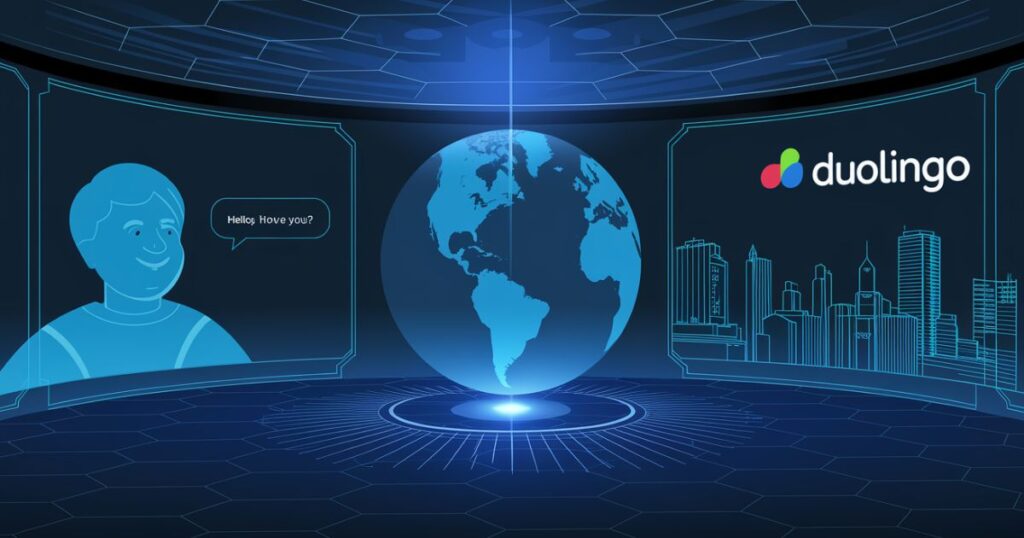
Expanding Educational Offerings
The future of Duolingo extends far beyond language learning. The company continues to explore new educational territories, leveraging its proven approach to make learning engaging and accessible across various subjects.
Global Impact and Long-term Goals
The platform’s long-term vision remains focused on breaking down educational barriers worldwide. Future initiatives include expanding into professional development, increasing support for endangered languages, and developing new technologies to enhance learning effectiveness.
Frequently Asked Questions
Q: Who is the person who made Duolingo?
Duolingo was co-created by Luis von Ahn and Severin Hacker in 2011. Both were at Carnegie Mellon University when they founded the company.
Q: Who came up with Duolingo?
The original concept for Duolingo came from Luis von Ahn, inspired by his experiences in Guatemala where many couldn’t afford quality language education. He developed the idea with Severin Hacker while at Carnegie Mellon.
Q: Is Luis von Ahn a genius?
Luis von Ahn is widely recognized for his intellectual achievements. He received a MacArthur “Genius Grant” in 2006, invented CAPTCHA/reCAPTCHA, and earned his Ph.D. by age 24. His innovations have significantly impacted both technology and education.
Q: Who is the new CEO of Duolingo?
Luis von Ahn remains the CEO of Duolingo since its founding. There hasn’t been a change in leadership – he continues to serve as the company’s Chief Executive Officer.
Q: Who is the current CEO of Duolingo?
Luis von Ahn is Duolingo’s current CEO and has been since co-founding the company in 2011.
Q: What is Luis von Ahn famous for?
Luis von Ahn is known for inventing CAPTCHA and reCAPTCHA, receiving a MacArthur “Genius Grant,” and co-founding Duolingo.
Q: Did Luis von Ahn make Duolingo?
Yes, Luis von Ahn co-created Duolingo with Severin Hacker in 2011 while at Carnegie Mellon University.
Q: Does Luis von Ahn have a wife?
Yes, Luis von Ahn is married to Laura Dabbish, who is a professor at Carnegie Mellon University.
Conclusion: The Lasting Legacy of Duolingo’s Creators
The story of who created Duolingo is more than a tale of technological innovation—it’s a blueprint for how technology can serve social good while building a successful business. Luis von Ahn and Severin Hacker didn’t just create a language learning app; they pioneered a new approach to education that continues to inspire and evolve.
Their legacy extends beyond the millions of users who have learned new languages through the platform. It’s seen in the countless lives improved through accessible education, the preservation of endangered languages, and the demonstration that profit and purpose can coexist harmoniously.
As Duolingo continues to grow and evolve, it remains true to its founding principle: breaking down barriers to education through technology and innovation. This commitment to accessible, quality education stands as a testament to what’s possible when visionary leaders combine technological innovation with social impact.
Visit For More Blog’s: Duolingoabout

Welcome to DuolingoAbout.com! Your go-to hub for expert tips, tricks, and guides to mastering Duolingo. Simplify your language-learning journey with curated content designed for learners at all levels.
